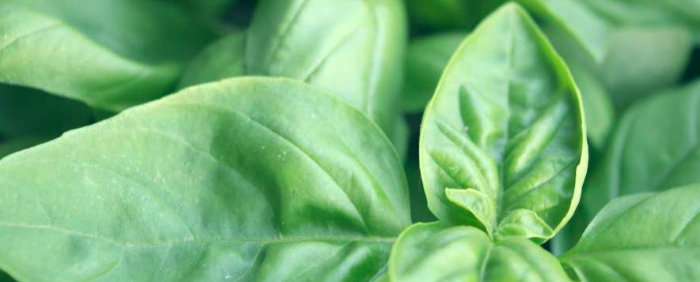
Still want to grow your own basil? We understand you, since the leaves are poorly preserved, it is better to consume it just after picking. So we offer this article to give you the keys to success.
Understand where the basil comes from to find out what he likes
Surprisingly the “Roman” basilisk is not native to the Mediterranean , it comes from subtropical regions – one always hesitates between Central Africa and Southeast Asia for the exact area of origin.
Before arriving in France, the basilisk passed through India , Egypt during antiquity, then through Italy . It has therefore experienced acclimatization to the Mediterranean areas, and therefore to low humidity. That explains why the basilica love so much heat and not appreciated nor excessive humidity , or soil moisture. It does not like the presence of a lot of decomposing humus – it makes the soil more acidic, and if the situation is wetter it is very vulnerable to parasitic fungi. This is the famous melting of seedlings that is very common when grown indoors.
Last need to produce a lot of leaves: nitrogen , basil is very nitrophilous, it needs a soil rich in directly available nutrients.
NB In Africa there are perennial basil species, but those we cultivate are annual, so do not be surprised if they die in the winter, even if you kept them warm.
After all these centuries of domestication and migration, the cultivated basil is necessarily a little fragile …
Grow basil inside, it’s really not fastoche
As we have just said, basil does not come from tropical forests, it is not really adapted to our warm and confined interiors , especially in the absence of light. If you grow it behind a window it must be very well oriented . If it does not receive direct light for at least eight hours a day , you will see it slowly wither!
The other problem with basil cultivation is that it likes a rather clayey , slightly alkaline soil, so without much humus. However, our soil is composed almost entirely of organic matter in decomposition, which he likes very little and which promotes – as we said above – the damping-off of seedlings.
Growing basil in the garden is already easier
You just have to choose the right moment !
Why do you recommend growing outdoors? Because that way you have to wait until the soil is warm , which brings you to mid-May or June . At this time the days are very long, so your basil will have a lot of light and can grow very quickly. As soon as it is leafy , it becomes resistant to fungal diseases – fungi. And since he does not desperately seek light, he develops a good root system, which prepares him for possible summer droughts.
If you have decided to sow the shelter for bedding then do not keep your basil inside more than a few weeks after sowing. So do not sow it too early, even indoors! Otherwise your pot will hang out with too little light, the plant will wilt, and when you pull it out it will no longer be able to adjust to the outside light.
Important points to remember.
- Do not buy high basil in a heated greenhouse – you know, those huge feet that make you look in the store – they are actually fragile and hard to keep alive. They correspond more to a long conservation mode of leaves to consume, than to a plant to maintain …
- If despite the warning above, you have cracked for a pretty plant well provided … Start it in several pots: there are far too many plants in the pots sold in the trade (to look pretty, bushy, make you want to buy) and they compete for water, light and nutrients. In addition, with multiple pots, you multiply your chances that at least one survives!
- Sow more yourself basil and be patient, it will be much more suited to your requirements. Or else buy seedlings – not too big ones – that have been grown in unheated greenhouses, starting in late April.
- If you can, do not hesitate to wait and sow directly in the ground !
- Remember – it’s imperative! – it takes a lot of light and heat – above 20 ° C – to your basil the first weeks.
- Do not plant in pure potting soil , basil prefers limestone and clay soil with a little soil . The potting soil alone is too acid for him.
- Add some nitrogen , for example in the form of a pee – find out more through this article on the super effects of human urine in the garden
- Do not plant directly in the sun – acclimate your plants a few hours a day outdoors before transplanting them.
- Water regularly and without excess , the soil should not be soggy – the water rises if pressed – permanently, it should be just “wet”.
- Too many gardeners harvest their basil by the largest leaves , it’s a great mistake! These serve for photosynthesis, cutting them, weaken the plant. Choose young leaves and light green! We develop this idea, and others, in this article: click !
- To preserve your basil, dry it or freeze it. All the explanations for keeping your aromatics are in this article .
- Collect your seeds at the end of the season, they will be easier to germinate and more adapted to your soil.
- Sow in several times especially if it does not work the first time.